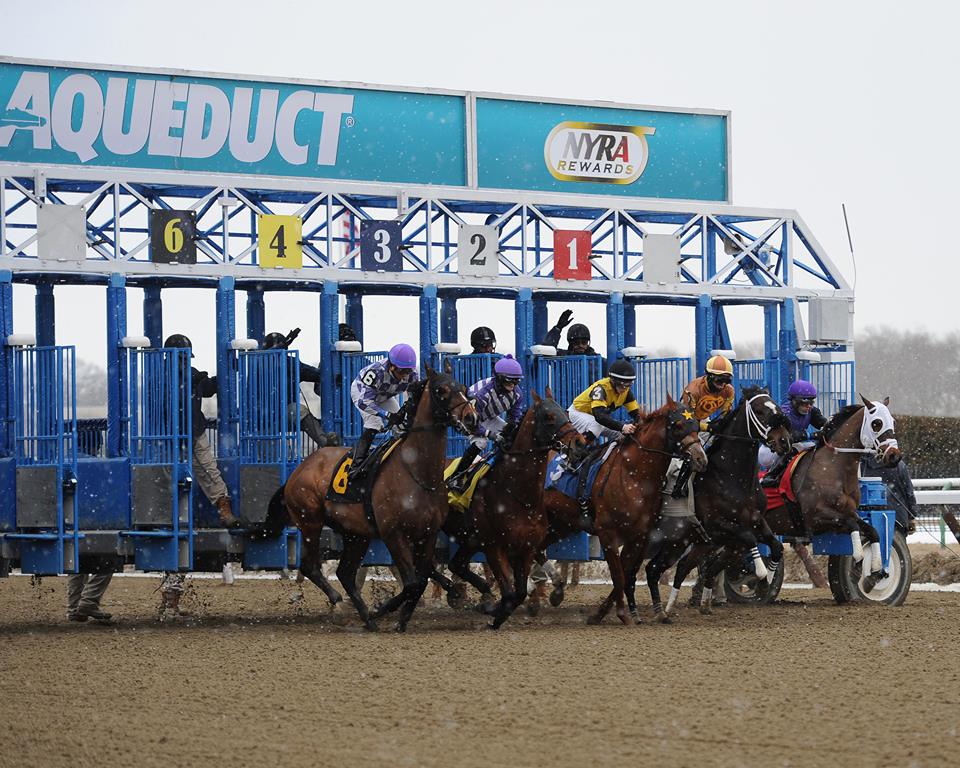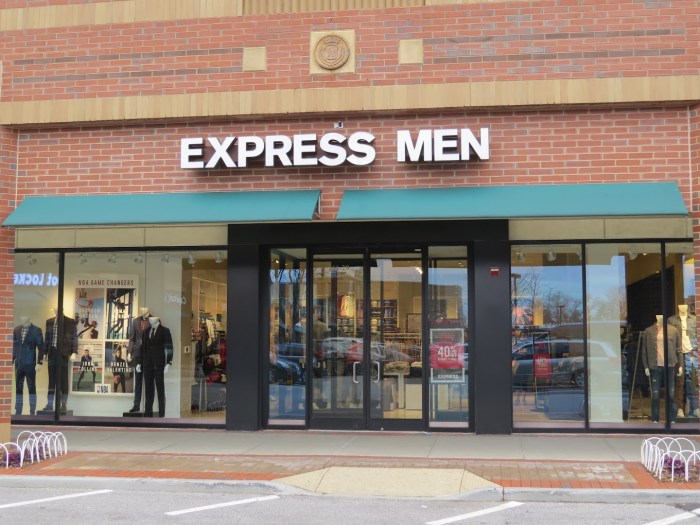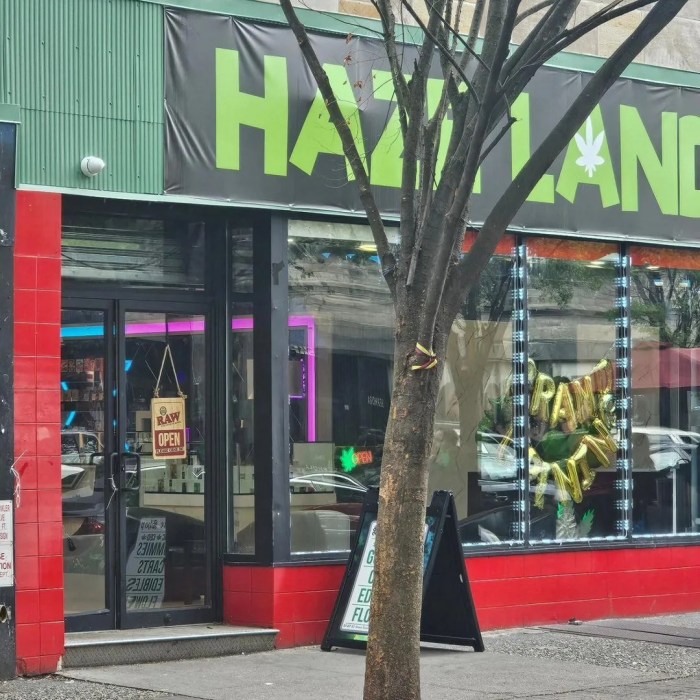Residents of Ozone Park should have a voice regarding the operation of Aqueduct Racetrack and its long-term future, according to a local lawmaker.
Thoroughbred racing just concluded for the spring at the Ozone Park racetrack operated by the New York Racing Association (NYRA), which announced earlier this month its intention to return to the private sector as a nonprofit organization after four years under state control.
Assemblyman Phil Goldfeder and other state lawmakers have proposed a new governing structure for NYRA that would authorize New York City’s mayor to appoint two community representatives from Ozone Park. The leaders of Elmont and Saratoga Springs — the communities where Belmont Park and Saratoga Race Course are respectively located — would also be empowered to appoint two members each to the new NYRA board.
Additionally, the proposal would allow for the creation of community advisory boards in Ozone Park, Elmont and Saratoga Springs, providing residents the opportunity to directly engage with NYRA representatives on a regular basis regarding policies and programs.
Goldfeder credited the NYRA Reorganization Board, which has operated the racing outfit following the state takeover in 2012, for turning the franchise’s fortunes around. NYRA, which had filed for bankruptcy in 2006 amid years of financial and political turmoil, reported operational profits independent of revenue from the Resorts World New York Casino — which operates in the former Aqueduct grandstand — the last two consecutive years.
Things have seemingly improved on the racing side at Aqueduct as well, Goldfeder noted. For the better part of the last two decades, the track — which occupies more than 190 acres of land less than three miles from John F. Kennedy Airport — has been bogged down with rumors of possible closure and redevelopment. NYRA Reorganization Board members previously floated the idea of shuttering Aqueduct and moving all winter, spring and fall racing to a modernized Belmont Park.
Despite the questions of Aqueduct’s long-term future, the track’s average daily handle (wagering revenue) during its 2016 winter meet rose by more than $800,000; its total handle for the year grew by more than $54.5 million, according to a NYRA report. Over the last couple of years, the NYRA Reorganization Board also invested in various aesthetic improvements to the Aqueduct clubhouse, trimmed the racing schedule during January and February and also closed training operations during its spring and summer offseason.
“NYRA has really hit its stride in bringing new levels of popularity and profitability to horse racing across New York State,” Goldfeder said. “Our proposed restructuring plan will help put the state’s racetracks on an equal footing with programs across the country and give them a real run for their money. Most importantly, it will give a voice to communities around Aqueduct Racetrack and ensure the continued success of this great sports facility.”
According to the Daily Racing Form, NYRA presented three proposals for the formation of a privatized NYRA board: one would include appointees of the governor and state legislature; in the second, NYRA would appoint 15 board members; and the third option would graduate the current Reorganization Board as the new NYRA board. The governor and state legislature are expected to approve a plan before the end of the legislative session in June.
The addition of 1,000 video lottery terminals to the Resorts World Casino — achieved through a budget deal with neighboring Nassau County — will direct additional revenue to NYRA, which already receives some of the proceeds from the existing Resorts World gaming machines. This additional revenue would fund further maintenance at Aqueduct, according to Goldfeder.


































